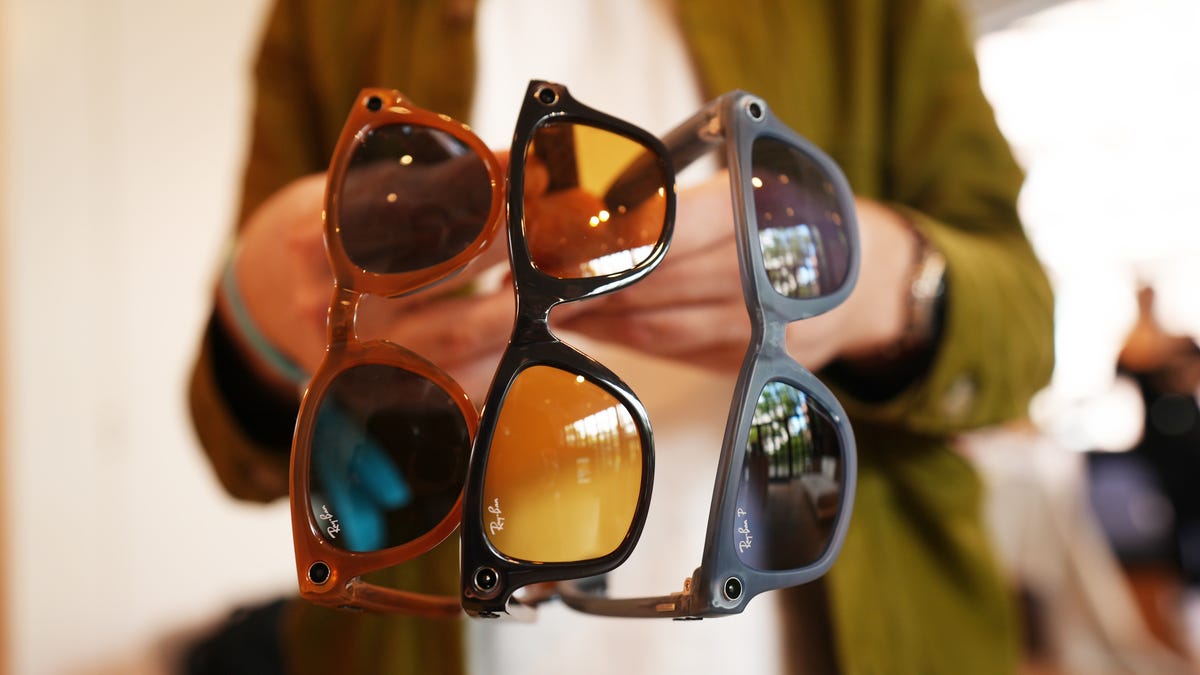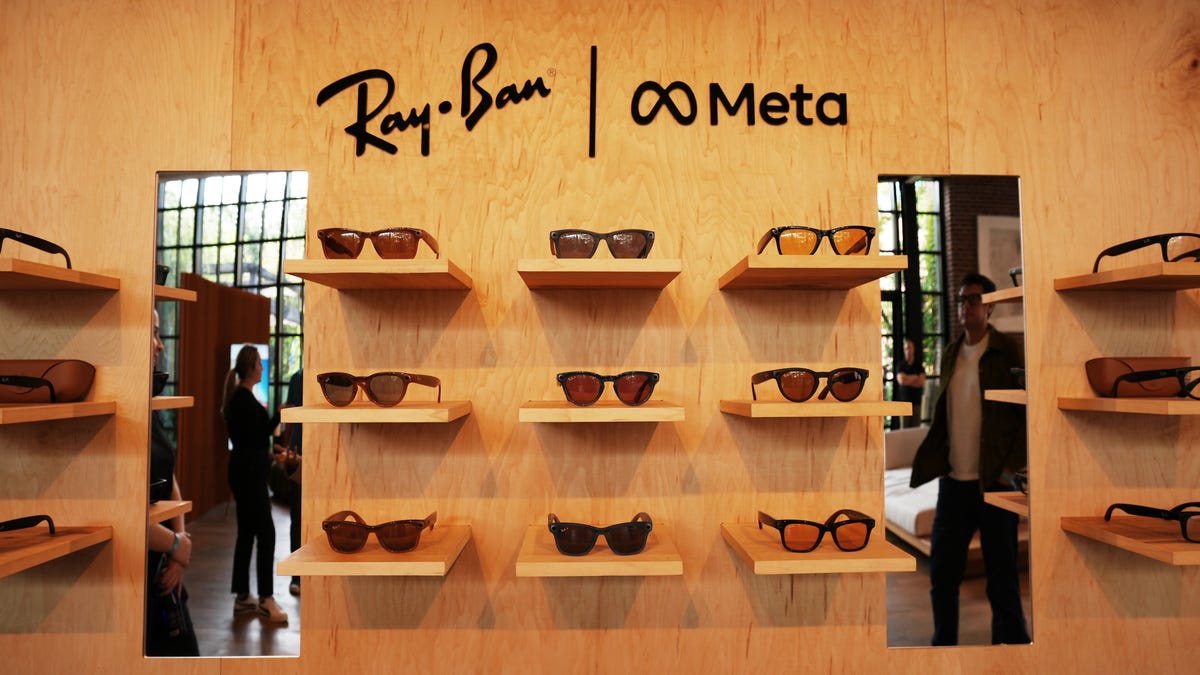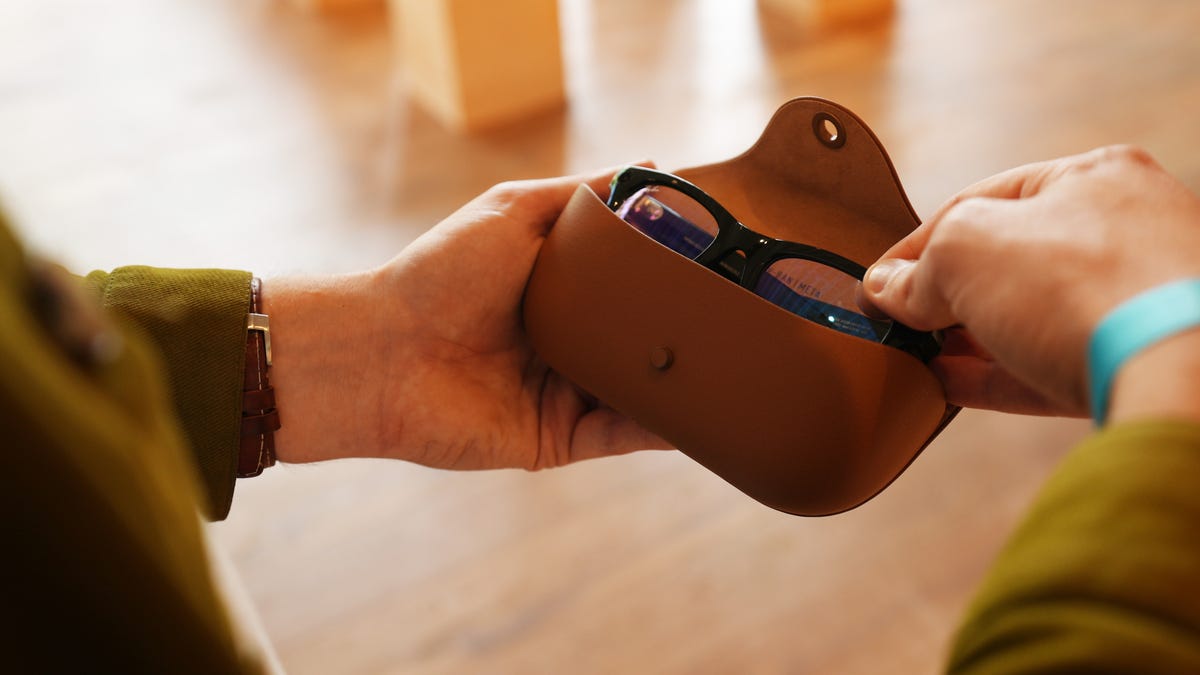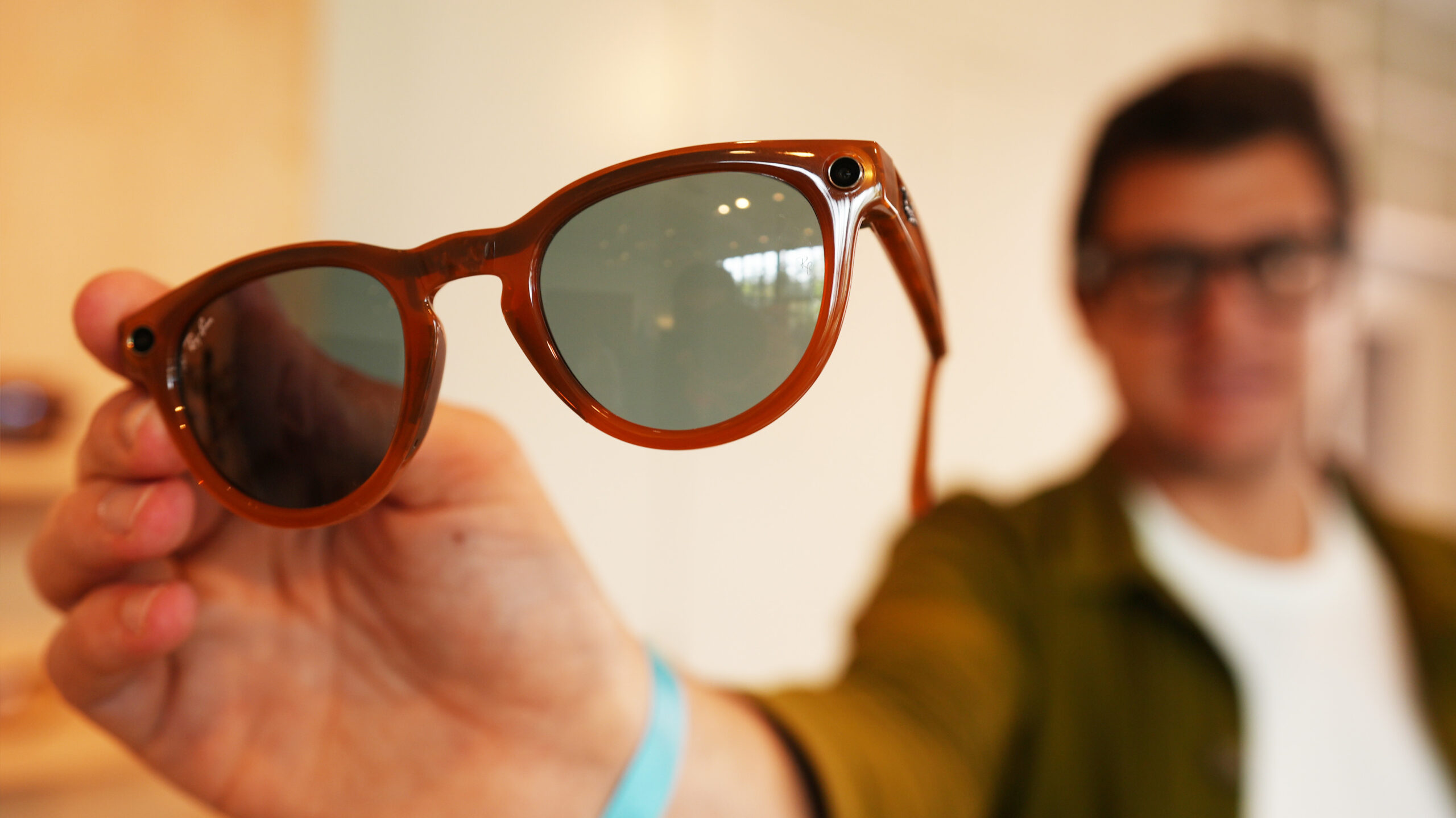Meta, in partnership with Ray-Ban, is launching a successor to its two-year-old Stories smart glasses, although the company doesn’t dare admit the connection between the two.
The new pair, called Ray-Ban Meta Smart Glasses – note that the Stories label is gone – is still marketed as an everyday wearable, capable of capturing photos and videos the way your eyes see them. Like the older version, the smart glasses have built-in speakers and microphones for streaming audio and listening to answers to any questions you can ask the in-car voice assistant.
What’s new ? Indeed, if there’s one thing you need to know about the previous version, it’s that while more than 300,000 units were sold during its nearly two-year lifespan, less 10% of these consumers still use them… There was therefore great room for improvement.
A nice surprise
With that in mind, I spent nearly an hour with Meta’s latest wearables before the recent Connect event, and I’m happy to report that they’re much better than I expected. was waiting.
I should first point out that I wear prescription glasses every day, a pair of Ray-Bans that look a lot like Meta’s, but without the technology. That’s why my first impression of the Meta glasses was oddly familiar! People who usually wear sunglasses should feel the same way.
Even with the cameras, speakers and various modules hidden under the frame – all visible thanks to a new transparent finish offered by Meta (these smart glasses were very comfortable to wear). The Meta company tells me that it not only reduced the size and weight of the new wearable device through design, but also through the use of lighter, more durable materials.

June Wan/ZDNET
A new 12-megapixel ultra-wide-angle camera
Other major improvements include a new 12-megapixel ultra-wide-angle camera capable of capturing sharper 3024 x 4032 pixel photos and Full HD videos at 1440 x 1920 resolution. Note that these two formats established for Capturing portraits and sharing vertical content on Meta’s social platforms, such as Facebook and Instagram. There’s also the option of live streaming, which you can now start by tapping the glasses a few times.
To emphasize video, Meta has equipped the glasses with five microphones, one of which is cleverly placed in the bridge of the nose for optimal voice recording. The other microphones are distributed across the front and sides of the Ray-Bans and can be used to record 360° sound.
During a private demo, a Meta spokesperson circled around me while describing the new features of the glasses, which made the replay that much more immersive to watch and listen to. I think this feature can be useful if you are at a family gathering or a sports game and want to record the different sounds coming from all directions.
An LED to protect privacy
Finally, in the interest of privacy, Meta has made the flashing of the LED indicator much more visible when the glasses are recording, which everyone will appreciate.

Customers will be able to configure various aspects of these glasses. June Wan/ZDNET
In addition to the photo and video capture aspect, Ray-Ban’s new connected glasses are equipped with Bluetooth headphones with very pleasant sound. The sound is much better than the Stories I tested two years ago. Meta reported that the volume was increased by 50%, and yet, thanks to the directional output, people around me were barely able to make out what I was listening to with my volume set at around 60%. Certainly, I was in a more open studio, with other members of the press. But as long as you don’t turn the volume up in the library, you’ll be fine.

June Wan/ZDNET
Before concluding, I would like to give a nod to the new smart glasses charging and carrying case. It still serves as a wireless charger when the glasses are inserted, but it’s also much thinner than the previous version. Meta claims it’s 32% lighter than the previous model, which I’m willing to believe, and should allow the glasses to charge eight times or get 32 hours of extra battery life.
One last thing worth noting is that Meta says that in an update next year, Ray-Ban smart glasses will become multimodal, allowing users to interact with their surroundings using Meta’s AI. Among the demonstrations presented at the Meta Connect event, there is this tennis game where we ask the AI/glasses if the last ball is a foul or not.
ZDNET’s buying advice for Ray-Ban Meta Smart Glasses (for now)
The new Ray-Ban Meta connected glasses look more like traditional glasses than glassholes [surnom peu flatteur donné aux Google Glass, nda], even if their functionality is similar. The big question we have at ZDNET during our testing is whether Meta has done enough for our parents, families, and non-tech-savvy friends to wear. This would be a big victory for a product category that has not yet managed to break through to the general public.
The fact that Meta offers the new smart glasses via the Ray-Ban remix platform, a personalization service that allows users to choose their frame (Wayfarer or Headliner type), color (including transparent) and lens type (transitions, solar, polarizing, transparent and prescription), will definitely be useful. Depending on how you configure these glasses, the price will vary, starting at €330.
Source: “ZDNet.com”
